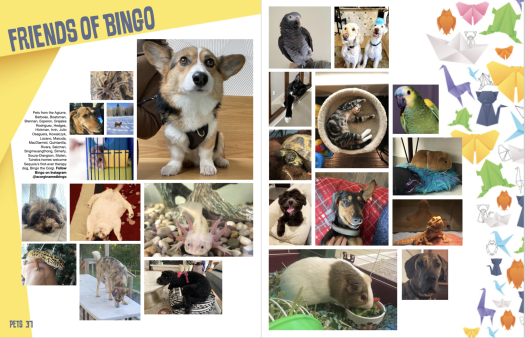
Erikalinpayne
November 22, 2022
2
Min Read Time

We see it all the time on our feeds: pics or it didn't happen. The same applies to your yearbook. According to adviser Lauren Casteen, Yearbook Hero and leader of Treering's Teaching Yearbook cohort, there are four reasons to crowdsource content:

The short answer is anything: photographs, survey/poll responses, and stories. Here are some of our favorites:
Casteen puts it this way: "Everyone matters and has a story to tell. Storytelling is a way to incorporate different voices." Crowdsourcing for these stories is a start. Follow up with submissions with interviews to understand the process, history, or cause/effect of the photo.
And no one shares a pic, no one will know you're crowdsourcing. Something like that.
To start and maintain a solid crowdsourcing effort, create a plan for a series of time-specific asks. For example, if you need band photos from the regional competition, reach out to the director and boosters before the event to prep them. Then follow up the next day. Think about your own camera roll: how long does it take your weekend to be swallowed up with the screenshots and snaps you take Monday through Friday?

What tools does your school have in place to communicate with staff and students? RenWeb may not be the cutest, but if that's how your parents receive messages from the school, stay the course. Active social media accounts are also great ways to meet specific users, especially if the robotics team has its own Facebook group or the PTG uses theirs to solicit members.
Check out this article if you need to see some more winning social posts to help you crowdsource and sell more yearbooks.
Treering's crowdsourcing tools include integrations with Facebook, Instagram, and Google Drive as well as shared photo folders. Teachers, parents, and students can email photographs from their devices directly to the yearbook folders.